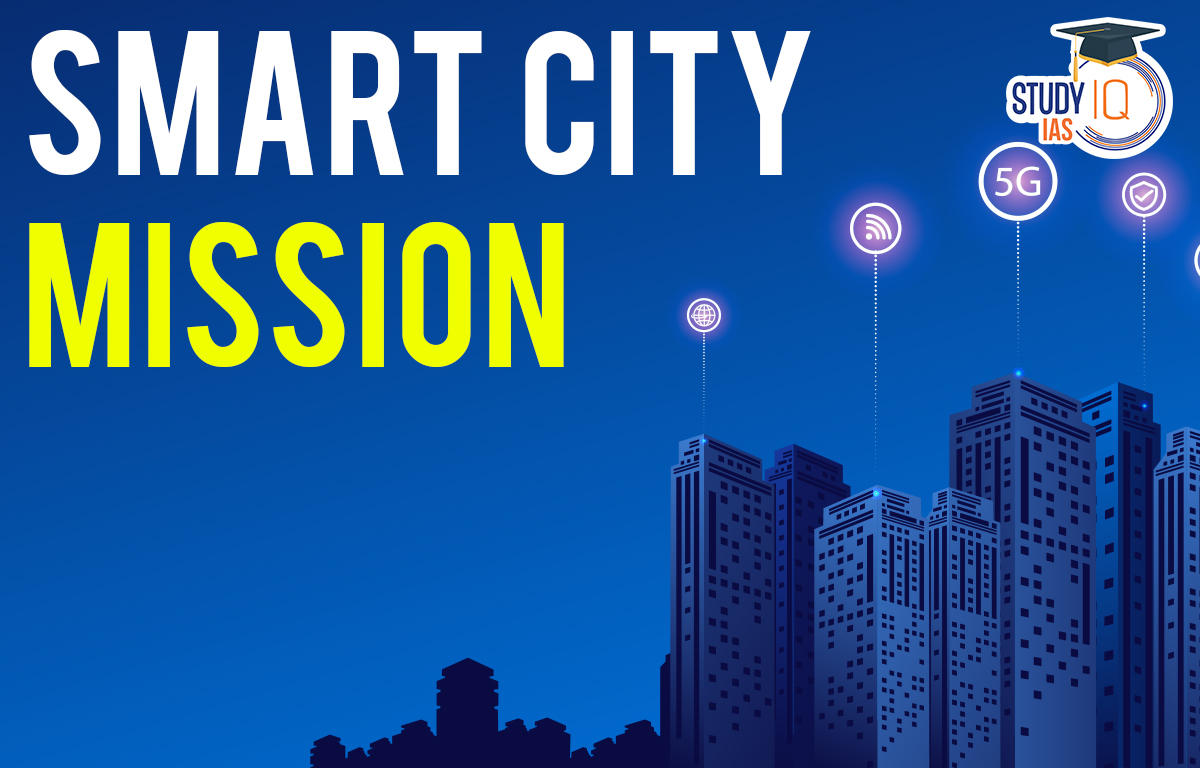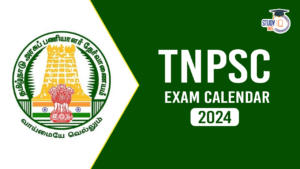Table of Contents
Context: The government has urged 20 of the worst-performing Smart Cities to step up efforts as the June 2023 deadline for finishing the Smart Cities Mission draws near.
About Smart Cities Mission
- Smart Cities Mission is an initiative of the Union Housing and Urban Affairs Ministry.
- It was launched on June 25, 2015.
- Aim: It was envisaged as a large-scale urban infrastructure renewal and retrofitting initiative at making urban infrastructure climate resilient and sustainable, providing for affordable housing, adequate electricity and water, and effective waste management.
- Objective: Efficient and environmentally sound public transport services and robust digitalisation were to ensure safety of citizens and better governance.
- To grant citizens “decent quality of life through the application of ‘smart solutions’” was a goal of the mission, while also promising easier citizen participation in governance via digital platforms.
- Deadline: SCM initially planned to be completed by 2020, has been extended to 2023 due to lag in project implementation and completion.
- Funding: The Smart Cities Mission in India is a centrally sponsored scheme.
- Union government committed Rs 48,000 crore, 100 crore for each city, over the span of five years, which would be matched equally by the state/urban local body (ULB) of the respective cities (50:50 ratio for all smart cities).
- Convergence with Other Government Schemes: There is a similarity between the Atal Mission for Rejuvenation and Urban Transformation (AMRUT) and Smart Cities Mission in achieving urban transformation. While AMRUT follows a project-based approach, the Smart Cities Mission follows an area-based strategy.
- Other Scheme: At the planning stage, cities must seek convergence in the Smart City Proposal (SCP) with AMRUT, Swachh Bharat Mission (SBM), National Heritage City Development and Augmentation Yojana (HRIDAY), Digital India, Skill Development, Housing for All, Construction of Museums funded by the Culture Department and other programmes pertaining to social infrastructure such as Health, Education and Culture.
- Need for Mission: Cities accommodate about 31% of India’s current population and contribute 63% to the GDP (Census 2011).
- By 2030, urban areas are expected to accommodate 40% of India’s population and contribute 75% to the GDP.
- Population growth in cities leads to infrastructure management and service delivery challenges.
- It is an initiative that aims to tackle these challenges efficiently and effectively.

Current Status of Smart City Mission
- As on March 06, 2023, a total of 5,399 out of 7,799 projects worth Rs 1,02,803 crore have been completed while the work on 2,400 projects of Rs 77,537 crore is going in full swing.
- The 22 cities where all projects under Smart Cities Mission will get completed are – Bhopal, Indore, Agra, Varanasi, Bhubaneswar, Chennai, Coimbatore, Erode, Ranchi, Salem, Surat, Udaipur, Visakhapatnam, Ahmedabad, Kakinada, Pune, Vellore, Pimpri-Chinchwad, Madurai, Amaravati, Tiruchirappalli and Thanjavur.
Challenges in Implementation of Mission
- Management: The Special Purpose Vehicles (SPVs) are not functioning well.
- Inadequate understanding of data, and how to analyze it to provide effective solutions has also created difficulties.
- Lack of coordination among multiple government departments.
- Financing Concern: Smart Cities Proposal Costs are very high compared to the average annual revenues of these municipal corporations.
- Many smart cities have a poor investment credit rating.
- Funds released by the state are lagging behind funds released by the Centre, and this may be due to excessive financial burden to release the committed funds for multiple cities, with poor financial status.
- Funding Discrimination: Financing in the public-private partnership mode was concentrated in commercial infrastructure, real estate, social infrastructure, energy and transport. Sectors like logistics, manufacturing and communications have received a meagre share of PPP funds.
- Poor Outcome: Despite initiatives for climate resilience and environmental sustenance, many Indian cities continue to be plagued with air pollution, extreme temperatures, poor water and waste management systems and sanitation.
- Lack of citizen participation in decision-making about projects to be implemented.
- Exclusionary Bias: Meagre share of expenditure on projects for welfare of poorer and marginal groups, especially in area-based development projects.
- Security of Data: Smart cities rely on sensors and network-connected devices and systems that generate large volumes of data, which are vulnerable to hacking by cyber criminals who can steal confidential data, shut down access to essential resources, and gain illegal access to security cameras.
- Transport: Urbanizing the public transport for urban mobility is a challenge for the government due to the inadequate transport system currently persisting in the cities.
- Various factors like lack of investment, high population density, zoning, and poor urban planning have been making the transit system in Indian cities inadequate.
Special Purpose Vehicle (SPV)
- Implementation of the Mission at the City level will be done by a Special Purpose Vehicle (SPV) created for the purpose.
- The SPV will plan, appraise, approve, release funds, implement, manage, operate, monitor and evaluate the Smart City development projects.
Way Forward
- The Mission should be a long-term programme, not only a five-year programme as most of the cities cannot perform the best within this time frame.
- To meet the city requirement, more projects should be identified. There are many smart cities whose drainage issue is not yet solved.
- Training programmes should be organised to build managerial and financial capacities of the staff employed by the SPVs and urban local bodies.
- For the mobilization of funds, more revenue should be generated through taxation. The fund transfer process should also be made accessible.
- Greater efforts should be made to maintain infrastructure assets created under the Mission.
- The role of the Integrated Command and Control Centres in cities should be expanded.
- All these cities should be secured by cyber security- ensuring data security and encryption.


 Current Affairs 24th April 2024 for UPSC...
Current Affairs 24th April 2024 for UPSC...
 TNPSC Exam Calendar 2024, Check Exam Dat...
TNPSC Exam Calendar 2024, Check Exam Dat...
 Fundamental Rights of Indian Constitutio...
Fundamental Rights of Indian Constitutio...

















